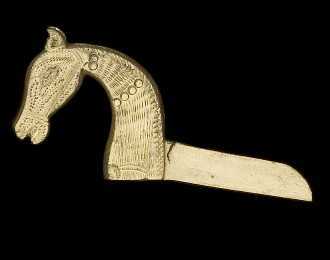Science and Craft | |||
|
Sophisticated astronomical instruments survive from many parts of the Islamic world. Their technical design depended on the knowledge and techniques found in mathematical texts, and they are usually studied as part of the history of ideas. But they are craft objects as well as intellectual creations, and were produced by skilled hand work.
The manufacture of scientific instruments was organised much like other forms of craft production. Most makers would have had their own small workshop, where the master worked and trained apprentices. As elsewhere in society, trades were often passed on from one family generation to the next, resulting in dynasties of makers. Collaboration was also common, with a range of specialist skills required to create complex artefacts. Just like other fine pieces of metalwork, an astrolabe might be signed by both a maker and decorator. But astrolabe makers did not belong entirely to the ranks of ordinary artisans. The intellectual expertise required to construct mathematical instruments gave them a status similar to that of calligraphers, whose mastery of the written word also provided a connection to the learned world. |
|||
| |||
| Copyright © Museum of the History of Science 2010-11, unless explicitly noted otherwise | Privacy policy |

|

